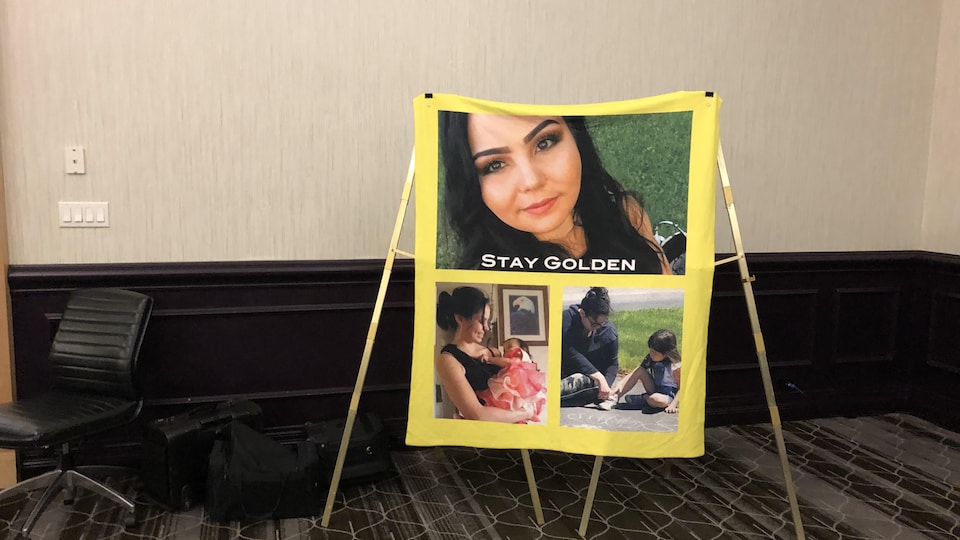The family of Chantel Moore attends all the testimonies since the beginning of the hearings of this inquest of coroner Emily Caissy. Their lawyer, TJ Burke, believes that this investigation is important, since we learn important elements and information that was not available until now.
But TJ Burke is also quick to point out the limits of this type of survey. The testimonies are rather quick, compared to what takes place in the context of a criminal trial. Most importantly, witnesses do not have to face cross-examination.
It’s more of a public relations exercise, because the government, at the time, decided to have an inquiry after pressure from First Nations chiefs for a full investigation into systemic discrimination.
believes lawyer TJ Burke.
The limits of this type of investigation are significant, according to the family lawyer. Is it important? Yes it is. But does that give us a real, complete picture, a lot of cross-examination, an opportunity for the family to present documents? Nope
he concludes.
A bullet to the left side killed Chantel Moore
During hearings on Wednesday, pathologist Marek Godlewski, who examined Chantel Moore’s body, described in detail the injuries sustained.
According to him, the bullet that killed the young woman is the one that hit him on the left side, where the collarbone meets the sternum.
Martha Martin, Chantal Moore’s mother, had great difficulty listening to this testimony.
She was visibly upset, and her relatives accompanied her outside the courtroom.
Chantel Moore had been drinking, but was not drunk
Toxicologist James Wigmore, who also spoke on Wednesday, estimates that Chantel Moore drank the equivalent of five beers the night she died. She had 137 mg of alcohol per 100 ml of blood, he said. For comparison, the legal limit for driving is 80 mg per 100 ml of blood.
According to the toxicologist, Chantel Moore was not drunk just before her death. He believes that someone who didn’t know her might not have realized that she had been drinking.
James Wigmore says the effects of alcohol were sleepiness and reduced vision. So, for example, she might have fixed her gaze on the policeman’s flashlight, without really seeing around.
He reckons that by the time police officer Jeremy Son woke her up, she probably felt like a person coming out of a very deep sleep.
As for the order to drop his knife, issued by police officer Jeremy Son, the toxicologist believes that the reaction could have been slower, but not significantly.
The chief inspector explained his role
During the hearings, the chief inspector of the Bureau of Independent Investigations of Quebec (BEI) François Coiteau gave some details about the investigation.
After negotiations between the governments of New Brunswick and Quebec, the inquest into the death of Chantel Moore was handed over to the EIB June 4 at 2 p.m. The Quebec investigators immediately headed for New Brunswick, and arrived in Edmundston on the evening of June 4 at 10 p.m.
the EIB took charge of the entire investigation. A team of seven investigators went to Edmundston. Chief investigator François Coiteau specified that the EIB submitted two reports to New Brunswick prosecutors, but made no recommendations on whether or not to lay charges. the EIB made no comments or suggestions, he said.
François Coiteau says that the analysis did not reveal the presence of powder from the firearm on Chantel Moore’s clothing. The investigator explained that in optimal indoor conditions, the policeman’s firearm leaves traces of powder at a distance of one and a half meters. But the investigator says it is difficult to determine if the policeman was more than a meter and a half away, because the event took place outside.
As for the knife allegedly wielded by Chantel Moore, Detective Coiteau read an excerpt from the expert’s report which says he was unable to make a fingerprint comparison due to the lack of sharpness
. But the position of the prints indicates that someone brandished the knife with their right hand.
Reference-ici.radio-canada.ca


